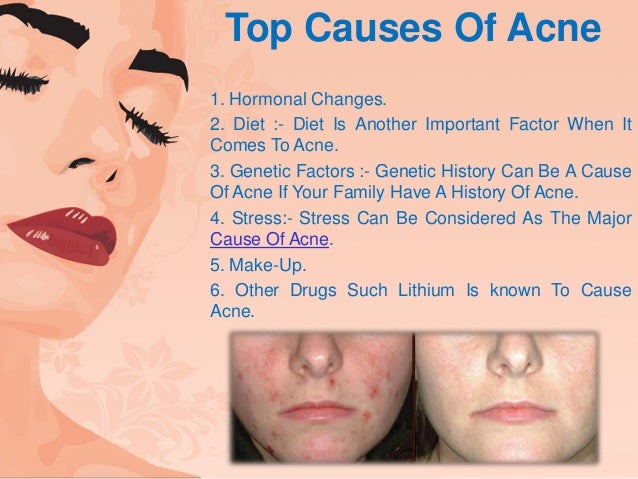
A study in the Journal Of Primary Healthcare reports that the prevalence of facial acne is about 67.5 among Malaysian adolescents, with a rising trend of facial acne with increasing age. Photo: AFP
At the age of 15, he suffered from body acne. It started on a small area on his chest, then spread over his entire chest.
Because of the extent of the breakout, he couldn’t change his shirt in public or go swimming, afraid of being laughed at or even looked at with disgust.
It got so bad, his white school uniform shirt would have bloody spots as pimples broke, and he didn’t know what to do.
“It was an ungodly sight!” says Dr Lim Ing Kien of his youthful experience with acne.
Dr Lim is now a dermatologist and founder of a skin clinic in Petaling Jaya.
“Adolescents, teenagers and adults are affected by acne – it is a common disease affecting 85% of 12- to 24-year-olds,” says Pang Koon Yin, senior manager of Marketing Management in Healthcare Consumer Health for DKSH Malaysia.
A study in the Journal Of Primary Healthcare reports that the prevalence of facial acne is about 67.5% among Malaysian adolescents, with a rising trend of facial acne with increasing age.
“If you have a breakout and it is left untreated it will turn into scars. Prominent facial scars affect your self-confidence and self-esteem,” Pang points out.
DKSH Malaysia, distributor of Hiruscar Post Acne, recently launched the “My Skin, My Confidence” campaign to educate consumers about acne and post-outbreak care.
Hiruscar Post Acne, formulated by Medi-nova AG in Switzerland, is an anti-bacterial clear gel containing MPS, an ingredient that promotes wound healing and regenerates new cells, improving the appearance of scars. The gel also contains ingredients that inhibit bacterial growth, preventing acne from recurring and maintaining the health of skin.
Pang says the company ran campus roadshows reaching out to more than 20,000 students, and also raised awareness among pharmacists.

“Acne, blemishes, pimples – are different names for the same condition. Some have it mildly, some seriously, some have it on the face, others on the back, or chest, hands or legs,” Dr Lim says.
A survey in Johor of 400 students aged between 13 and 18 revealed that 85% have had acne at some point in their lives. Accord-ing to Dr Lim, at age 13, 44% of them were already suffering – this is half of the 13-year-olds. At 15, acne affected two thirds of the students, and at age 18, 90% of them had acne.
Causes of acne breakouts include hormonal imbalances brought on by entering puberty, a diet high in sugar, stress, genetics, medication side-effects, and irritants from skincare products and the environment, he says.
After 18, the hormonal activities settle down, and acne breakouts are reduced, but for some, breakouts can continue into their 40s, says Dr Lim. As one matures, hormones production increase and oil is produced. Over active oil glands can result in excess oil, clogging pores and causing sebum.
Clogged pores turn into whiteheads (closed comedones) or blackheads (open comedones). Whiteheads occur when the blocked pore has skin covering it; blackheads form when the clogged pore doesn’t have skin covering it, exposing the clogged material to the environment so it oxidises and darkens.
According to Dr Lim, the main culprit of acne is the P. acnes bacterium. This bacterium is naturally present on everyone’s skin; but when pores become clogged, the bacteria become activated, causing inflammation – ie, acne.
“After seeing a dermatologist when I was 15, all my acne disappeared. But what happened after was worse. I had a lot of acne scarring, right until today,” Dr Lim says.

“Acne is open skin damage so it doesn’t disappear like a minor scratch. After the bacteria clears up, a deep hole appears in your skin and your body rushes to develop type II collagen to plug the hole,” he explains.
Firm skin is made from type I collagen. But in an emergency, your body plugs the hole rapidly with type II collagen that is produced quickly but is weaker and less dense. This results in depressions and colour differences. A raised scar is caused by too much type II collagen.
“To prevent this, acknowledge that you have an issue and use post acne products. Many tend to self-medicate. If nothing works in eight weeks, seek professional help. Basically, the quicker you act, the less scarring that occurs,” Dr Lim advises.
Source: http://www.star2.com/

No comments:
Post a Comment